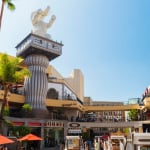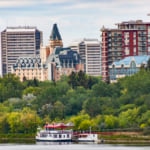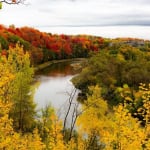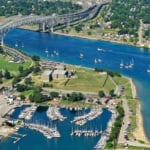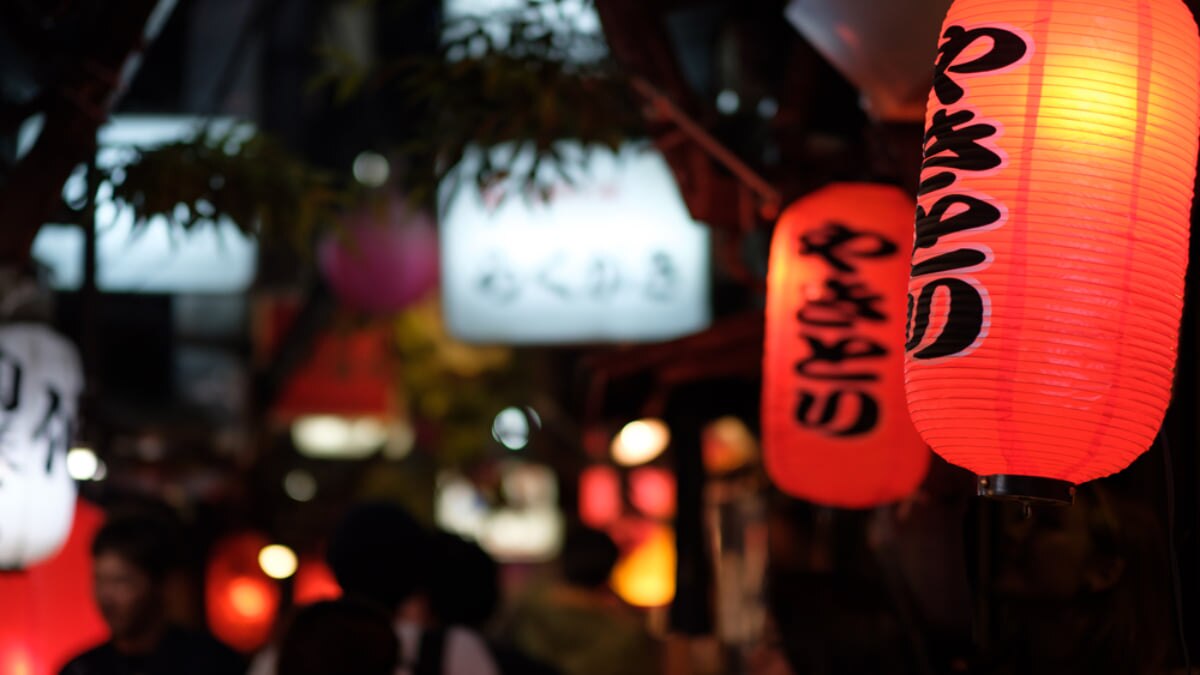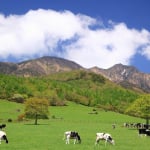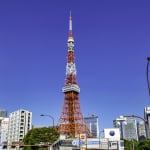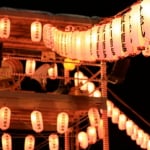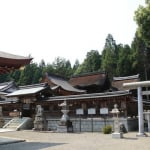Photo by Benoist/Shutterstock
Yokocho: A Guide to Tokyo Alley Nightlife
The narrow streets of Tokyo’s yokocho (alleys) are brimming with personality, their colorful lanterns swinging in the breeze and the smell of sizzling yakitori - charcoal grilled skewers - hanging in the air. These often historic neighborhoods have housed some of the city’s best drinking places for generations, and remain a favorite of locals to this day. Discover a more traditional, laidback side to Tokyo's nightlife, away from the pulsating clubs and karaoke bars mere blocks away.
table of contents
[x] close
Yokocho: A Guide to Tokyo Alley Nightlife
Nonbei Yokocho

Photo by commons.wikimedia.org
Otherwise known as Drunkard Alley, this narrow strip beside the tracks at Shibuya Station offers a glimpse of life during the Postwar Era. The majority of establishments are small eateries and Japanese pubs (izakaya), and yakitori (grilled skewers), a favorite snack during after-work drinks, are the neighborhood specialty. Nonbei Yokocho’s convenient location and small size make it ideal for those who want to experience Tokyo's yokocho nightlife but are short on time.
Omoide Yokocho

Photo by Stephen Kelly/Flickr
Crammed in between the shopping strips north of Shinjuku Station, Omoide Yokocho has been a favorite of local office workers and university students for generations. The area has always been promoted as a tourist spot, but it remains popular with locals and many of the tiny izakaya (pubs), yakitori joints and ramshackle bars retain their authentic old school charm. Omoide Yokocho means ‘Memory Lane’, so-called because of its nostalgic atmosphere, though another nickname earned over the years is Piss Alley.
Golden Gai
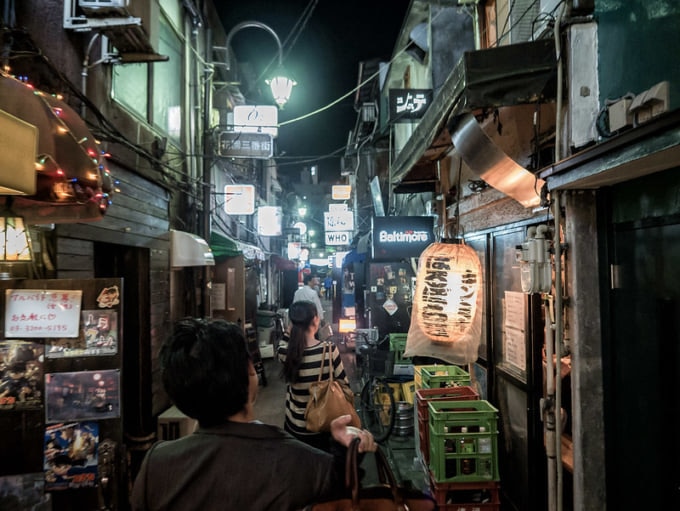
Photo by Big Ben in Japan/Flickr
Golden Gai in Shinjuku's Kabukicho is one of the best places to experience Tokyo’s alley nightlife. The neighborhood is made up of seven small alleyways populated with tiny, precariously built bars and restaurants dating back to the 1950s. Each one is unique, from classy whisky bars with six seats and a 2000 yen cover charge, to comparatively spacious setups with all drinks set at 500 yen. Golden Gai's impressive size and one-of-a-kind historic atmosphere keep this busy tourist spot on the city's best attractions list.
Ebisu Yokocho
Out of all the yokocho in Tokyo, Ebisu Yokocho is is best known for its food. As the ideal choice for foodies, the street is lined with over a dozen izakaya, gastropubs, specialist restaurants and cheap eateries catering to the local office workers in the area. Built over the old Yamashita Shopping Arcade, Ebisu Yokocho opened in 2011 and is one of Tokyo’s newer after hours hangouts, but has all the right ingredients for a great yokocho.
Ameya Yokocho (Ameyoko)

Photo by Dick Thomas Johnson/Flickr
Ameya Yokocho is a lively shopping area running alongside the Yamanote Line tracks from Ueno Station to Okachimachi. The best time to visit is during the day, as the neighborhood houses nearly 200 stores and outdoor market stalls selling everything from candy and souvenirs to shoes, clothing and jewelry. From humble roots as a black market during the Postwar Era, Ameya Yokocho is now one of the biggest open-air markets and best shopping districts in Tokyo. With most bars and restaurants here closing around midnight, Ameya Yokocho isn't the place to host an all-nighter, but there are options for drinks and dining late into the evening after all that shopping.
Shinbashi Yurakucho Gado-shita
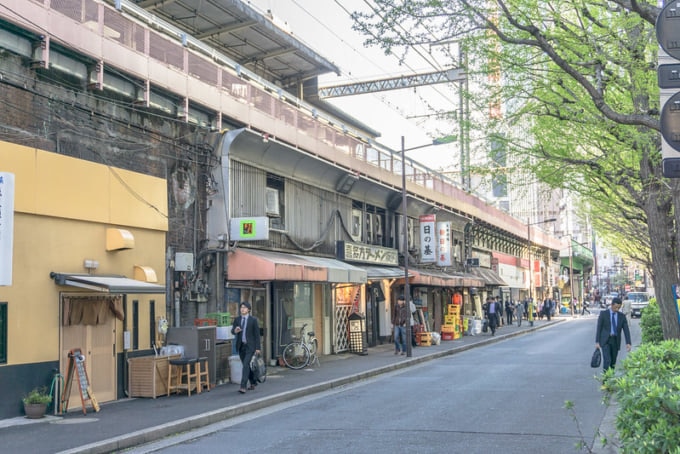
Photo by IQ Remix/Flickr
This strip of bars and eateries beneath the Yamanote Line tracks between Yurakucho and Shimbashi Stations are packed with old school charm. When space is lacking, establishments set up chairs and tables outside to accommodate the crowds, while others are strictly standing-room only. Yurakucho is located near Ginza, Marunouchi and Tokyo Station, and is popular with local white collar workers who make a point to stop by after clocking out for the day.
Harmonica Yokocho
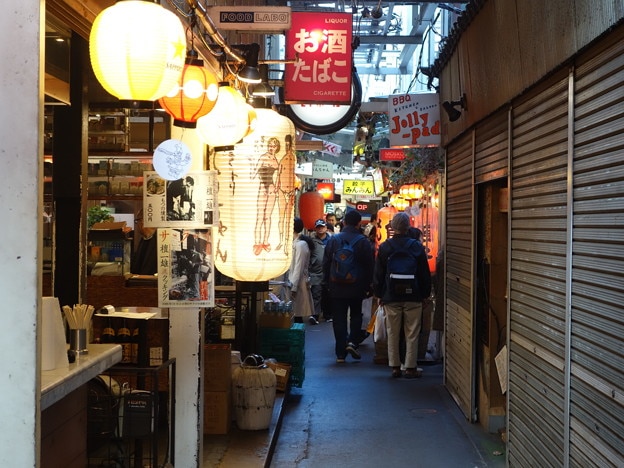
Photo by Rubber Soul/PhotoZou
Located just a few minutes north of Kichijoji Station, Harmonica Yokocho got its name from the way its narrow, tightly packed lanes and shops resemble harmonica reeds. During the day, the area is a lively shopping district, and even hosts a weekly farmer’s market every Sunday. At night, tiny standing-room only bars and bustling eateries take over, and Harmonica Yokocho becomes one of the liveliest nightlife hotspots in Musashino.
In Conclusion
Tokyo’s yokocho are cramped, colorful and a bit nostalgic. Nearly every neighborhood in the city has one, though some are worth traveling to see. These narrow lanes reject modernity and offer a glimpse into the city's past, another quirk that sets them apart from their neighbors. For a casual place to hang out, grab a bite to eat or a drink with friends, there’s no better place than the yokocho.
